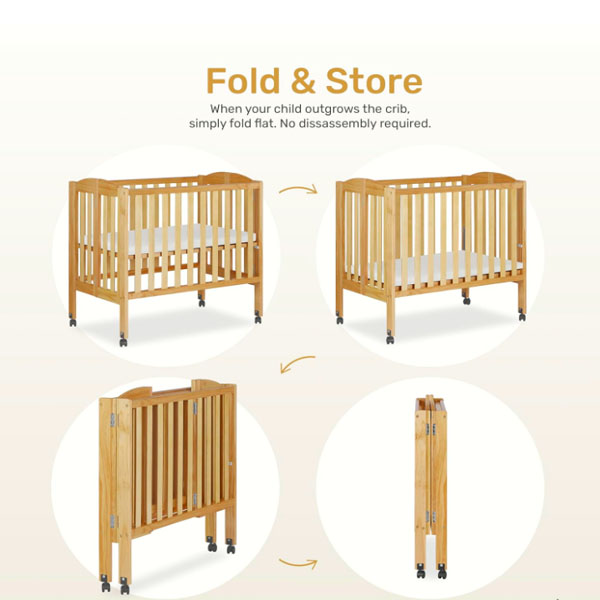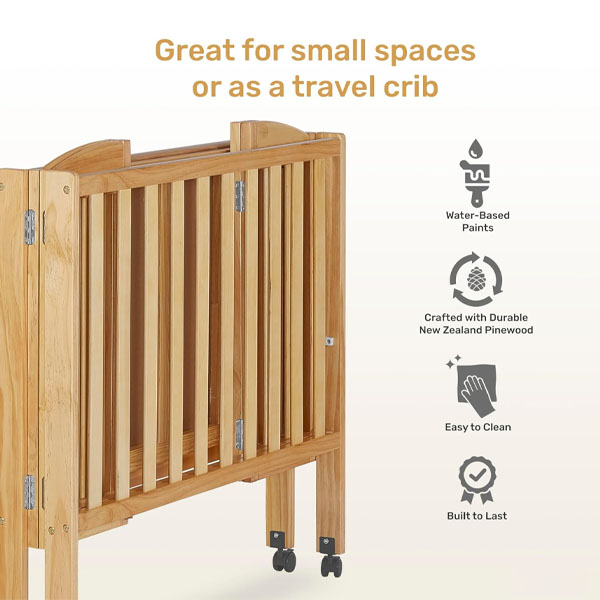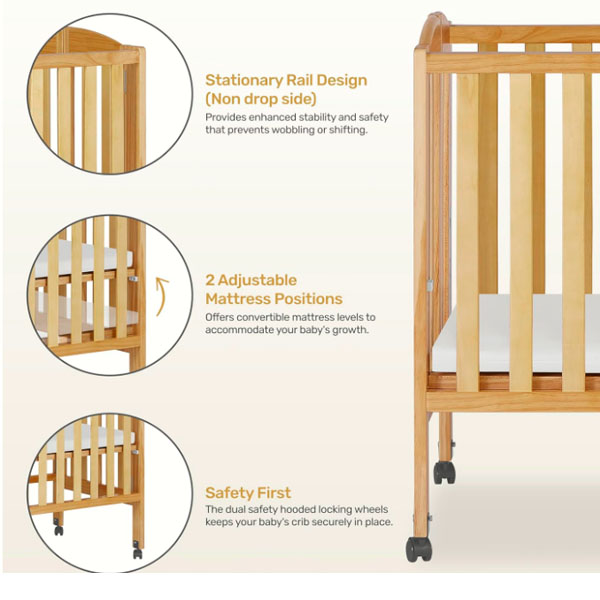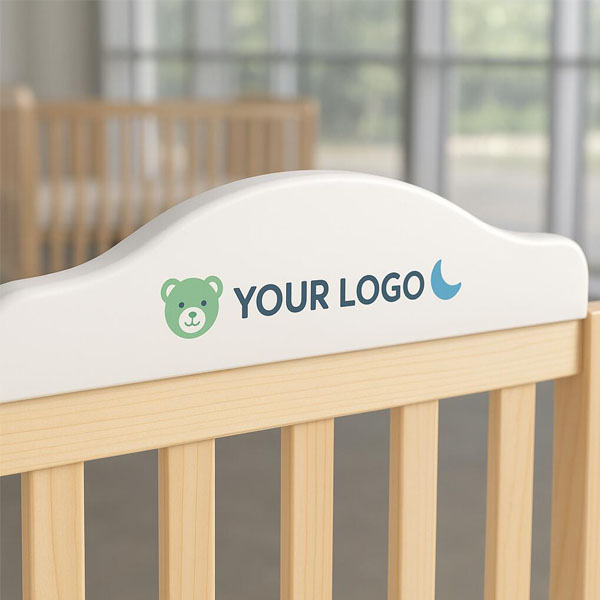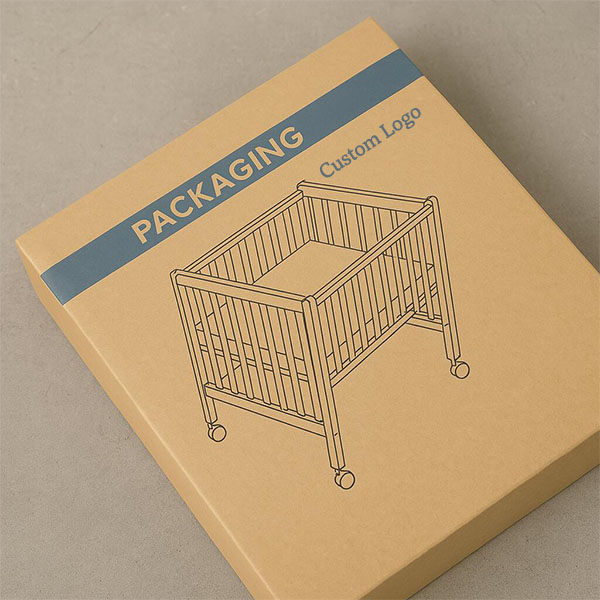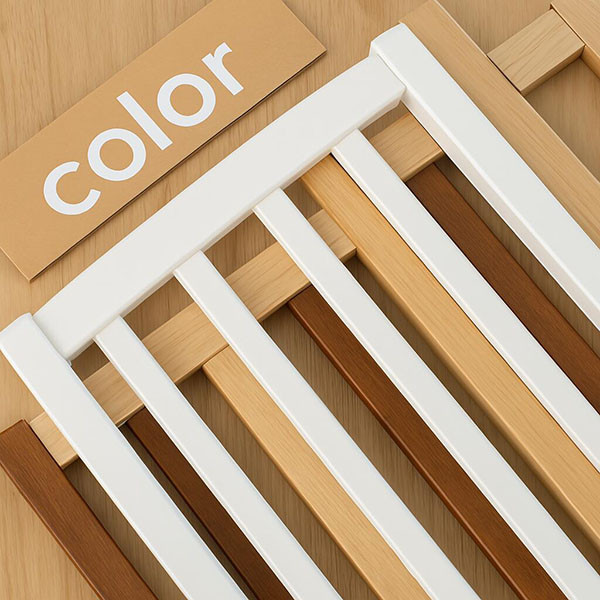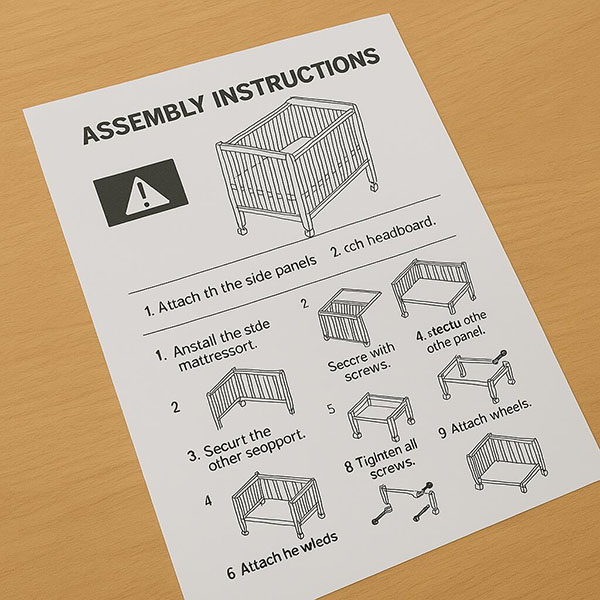How long can a baby be in a mini crib?
Choosing a mini crib feels risky. You worry your baby will outgrow it too quickly. The truth is, its lifespan depends on key safety milestones, not just the baby’s age.
A baby can typically use a mini crib until they are between 18 months and 2 years old. The key factors are reaching the manufacturer’s height limit (usually 35 inches) or showing signs of climbing, whichever comes first. It’s about safety milestones, not just age.
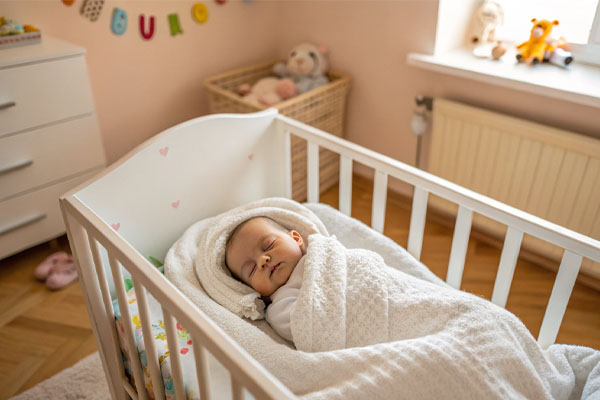
Many buyers see mini cribs as just a smaller version of a standard crib. I always tell my clients that this is not the right way to think about it. A mini crib is not a compromise; it is an optimization. It’s a specific solution designed to solve modern parenting challenges like smaller living spaces, frequent moves, or the need for a second bed at a grandparent’s house. It represents a a smarter nursery strategy.
Is a mini crib too small for a 2 year old?
Your two-year-old seems to fill the mini crib. You worry they are cramped and ready to escape. The real measure is not their age, but their height and ability to climb.
For most 2-year-olds, yes, a mini crib is too small and unsafe. The rule is simple: once the child’s standing height reaches the crib’s height marker (usually 35 inches) or they can get their leg over the rail, it is time to transition them out immediately.
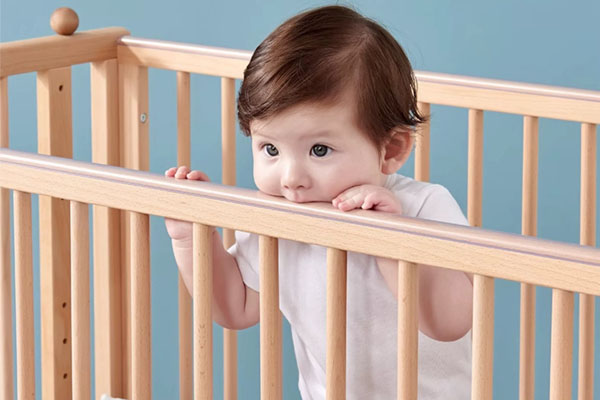
This is one of the most important safety questions I discuss with professional buyers. The transition out of a mini crib is not guided by a birthday. It is guided by clear physical milestones to prevent falls.
It’s About Height and Mobility
There are two clear signs a child has outgrown any crib, mini or standard.
- The Height Limit: We design cribs with a maximum recommended height for the child, which is almost always 35 inches (89 cm). This isn’t an arbitrary number. It ensures that when standing, the top rail is high enough to prevent them from easily tumbling over.
- The Climbing Attempt: This is the most critical sign. The moment a child can hoist their leg up onto the top rail, they are no longer safe in the crib. They have the motor skills and strength to try and climb out, which can lead to a serious fall. This often happens before they even reach the height limit.
A Solution for a Specific Stage
The mini crib’s purpose is to provide a safe, regulated sleep space during the first 1.5 to 2 years of life. It’s a targeted solution. It’s perfect for city apartments or as a secondary bed. But its smaller size means that active, taller toddlers will outgrow it faster than a standard crib.
| Milestone | Mini Crib (Transition Needed) | Standard Crib (Transition Needed) |
|---|---|---|
| Height | Reaches ~35 inches | Reaches ~35 inches |
| Mobility | First attempt to climb | First attempt to climb |
| Typical Age | 18 – 24 months | 2 – 3.5 years |
What is better, a bassinet or a mini crib?
New parents face a confusing choice: bassinet or mini crib? You do not want to buy something they will outgrow in just three months. A mini crib offers a longer lifespan.
For long-term value, a mini crib is much better. Bassinets are only safe for the first few months, until a baby can push up or roll over. A mini crib provides a safe, regulated sleep space for up to two years, offering a much better return on investment.
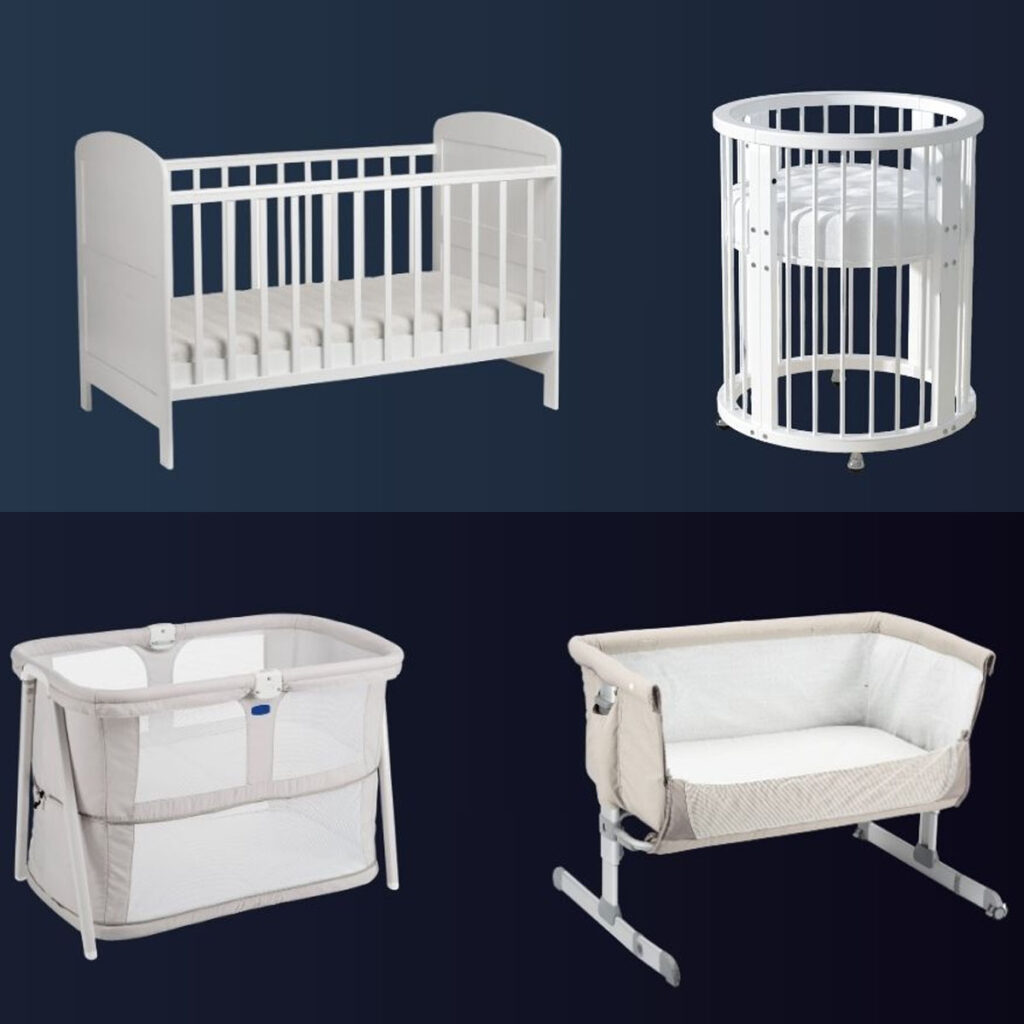
I often explain to buyers that a bassinet and a mini crib solve very different problems, even though they both seem to be for small babies. The choice between them comes down to understanding how long each product can be safely used.
The Lifespan Factor
A bassinet is a very short-term solution. It is designed for newborns who cannot yet move much on their own. As soon as a baby can push up on their hands and knees or roll over, usually around 4 to 6 months, a bassinet becomes unsafe because they could fall out. A mini crib, on the other hand, is a true crib. It has high railings and a lower mattress setting, so it remains safe long after a baby is mobile. It can comfortably and safely be used through infancy and into early toddlerhood.
Safety and Regulation Standards
This is a critical point from a manufacturing perspective. Cribs, both mini and standard, must adhere to very strict government safety standards (like EN 716 and ASTM F406). These rules cover slat strength, mattress firmness, and structural integrity. Bassinets are often subject to less rigorous standards. Therefore, a mini crib provides a higher, more regulated level of safety from day one.
| Feature | Bassinet | Mini Crib |
|---|---|---|
| Usable Lifespan | 0 – 6 months | 0 – 24 months |
| Safety Standards | Less strict | Very strict (crib standards) |
| Mobility Stage | For non-mobile infants only | For mobile babies and toddlers |
| Value Proposition | Short-term convenience | Long-term safety and value |
For any parent planning for more than just the first few months, the mini crib is clearly the more practical and safer investment.
Is a mini crib better than a pack and play?
Pack and plays are popular for their portability. But you might question their comfort and safety for nightly sleep. For a primary bed, a mini crib is the superior choice.
A mini crib is better for primary, everyday sleep. It provides a firm, supportive mattress and better air circulation. A pack and play is excellent for travel or occasional use, but its construction is not designed to be a permanent, primary sleep solution.
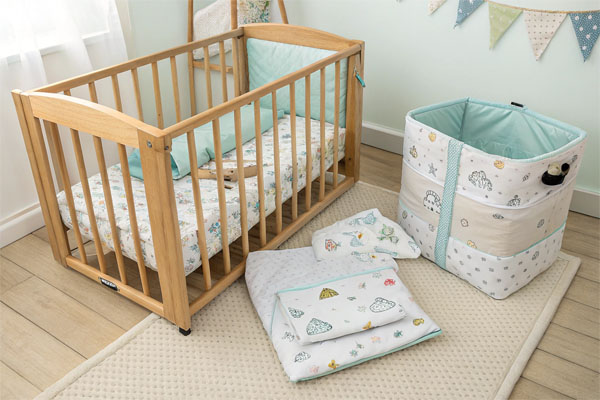
This is another area where I help buyers understand that we are not comparing two similar products. We are comparing two different solutions for two different jobs. One is designed for sleep. The other is designed for travel and containment.
The Mattress is the Key Difference
The most important feature for a baby’s sleep is a firm, flat mattress. This is crucial for reducing the risk of SIDS. A mini crib uses a proper crib mattress that is designed to be firm and fit snugly inside the frame. A pack and play typically has a thin, padded board at the bottom, which is often much softer. Additionally, the mesh sides of a pack and play are flexible. A baby could roll and press their face into the soft siding, which is a potential breathing hazard. The solid, fixed slats of a mini crib provide better air circulation and a more rigid, safe boundary.
A Solution for Different Problems
Think of them in terms of their core purpose.
- A Mini Crib: This is a sleep solution. Its primary job is to provide the safest possible environment for unsupervised sleep, night after night.
- A Pack and Play: This is a portability and containment solution. Its primary job is to be a safe place to put a baby down for a supervised nap or playtime, and to be easy to fold up and take on a trip.
| Use Case | Mini Crib | Pack and Play |
|---|---|---|
| Primary Bed (Nightly Sleep) | Excellent | Not Recommended |
| Grandparents’ House | Excellent | Good for short stays |
| Travel / Hotel | Good (if portable model) | Excellent |
| Daytime Play Pen | Not Applicable | Excellent |
For a child’s main bed, the superior safety and comfort of a real mattress make the mini crib the clear winner.
Conclusion
A mini crib is a smart, safe choice for up to two years, not a compromise. It offers better longevity than a bassinet and is superior to a pack and play for daily sleep.




